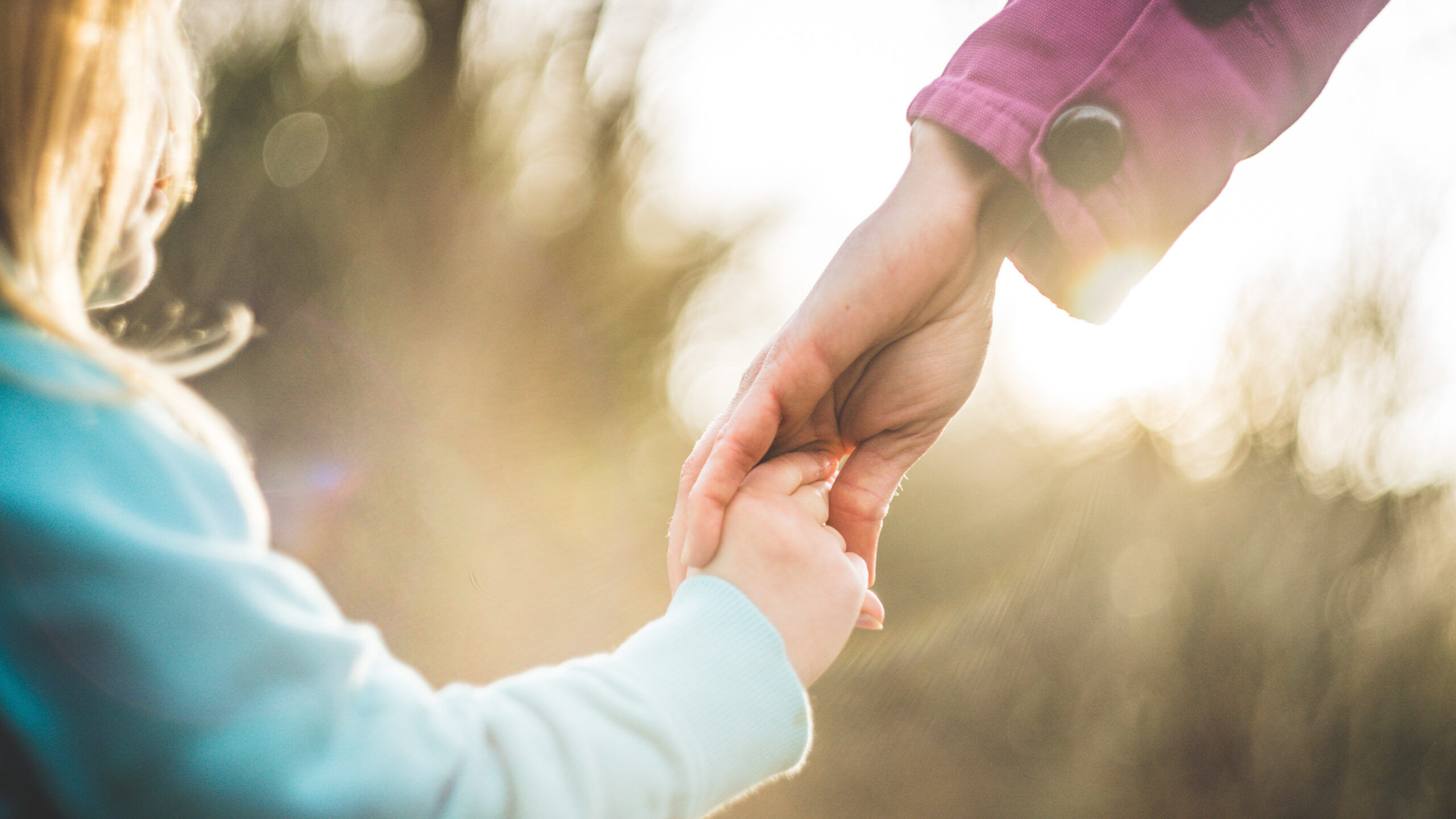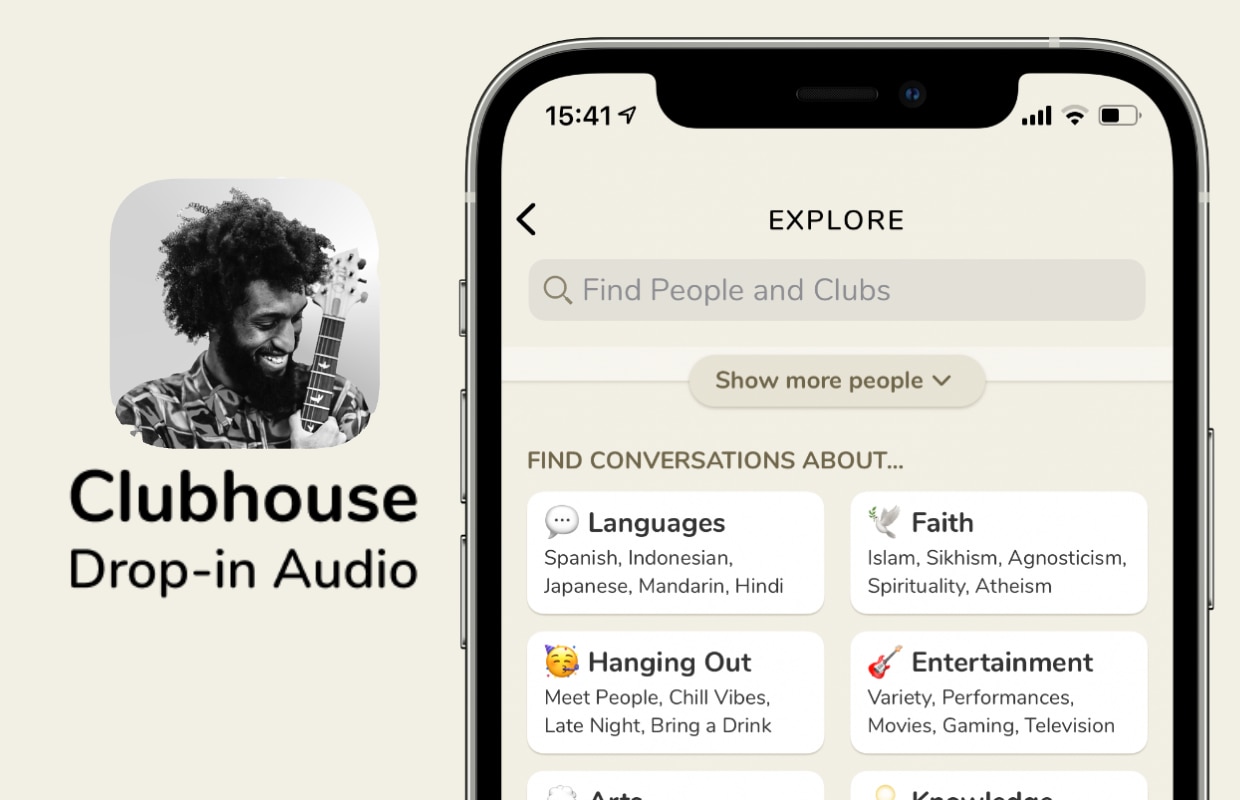Make HPV less likely. Protect your child
HPV. It is a highly contagious virus that can lead to HPV-related cancers and genital warts. That is why, as a parent, you will receive a letter from RIVM in the year your child turns 10. A call for both boys and girls to get their HPV vaccination. But how contagious is the virus really? How is it transmitted to children and what are the symptoms? In this article, Samentegenhpv.nl – the online platform with all information about HPV – answers the most frequently asked questions.
Contents
What is HPV and how do you get it?
HPV stands for human papilloma virus. Anyone can get the virus: boys, girls, men, women. In fact, everyone comes into contact with this virus once in his or her life. It is usually transmitted through sexual contact, but in some cases also through skin-to-skin contact. For example, if you share a towel with someone who is infected with the virus. Your body usually clears the virus within 2 years. If your body doesn’t clear it, the high-risk HPV types can lead to cancer of the anus, cervix, mouth/throat, penis, vagina, and vulva. And the low-risk HPV types to genital warts.
Why vaccinate my child?
There are 2 things your child can do to protect themselves against the effects of HPV: use a condom when they are sexually active and get an HPV vaccination. A condom does not protect 100%, because the virus is so contagious. That is why children receive an invitation to get a vaccination in the year they turn 10. Because there is a good chance that they are not yet infected with the virus at that age. The HPV vaccine only works against new infections and not against existing ones. The HPV vaccination consists of 2 injections (RIVM). These are provided by the GGD or a Center for Youth and Family. Research shows that the vaccines are 90% effective and can provide protection against the HPV types contained in the vaccine.
Why boys too?
Boys can also get HPV, which can result in several types of cancer. These forms of cancer are (also) becoming more common in men. Every year, approximately 400 men in the Netherlands get cancer due to the HPV virus. That is why the Health Council also advises boys from the age of 10 to get an HPV vaccination. In addition, vaccination can reduce the spread of the virus.
The difference between the different types of vaccinations?
We have three different HPV vaccinations in the Netherlands. There are a total of 170 different HPV types. Types with a high risk of cancer and types with a low risk, which can cause genital warts. The three different vaccines have different properties and target different HPV types. They all at least protect against cancer of the anus, uterus, vagina and vulva.
Want to know more about HPV and how you can protect your child? You read all about it www.samentegenhpv.nl. Make HPV less likely. Protect your child.
This article is made possible in part by MSD Netherlands.
NL-NON-02215 / 14-02-2023
Sources:
RIVM. “Cervical cancer.” RIVM, https://www.rivm.nl/baarmoederhalskanker. Accessed February 14, 2023.
RIVM. “HPV Vaccine Package Inserts.” RIVM, https://www.rivm.nl/hpv-human-papillomavirus/vaccinatie-hpv/bijsluiters-hpv-vaccins. Accessed February 14, 2023.
RIVM. “Vaccine against HPV cancer.” National Vaccination Programme, https://rijksvaccinatieprogramma.nl/vaccinaties/hpv. Accessed February 14, 2023.
Post Views: 0



